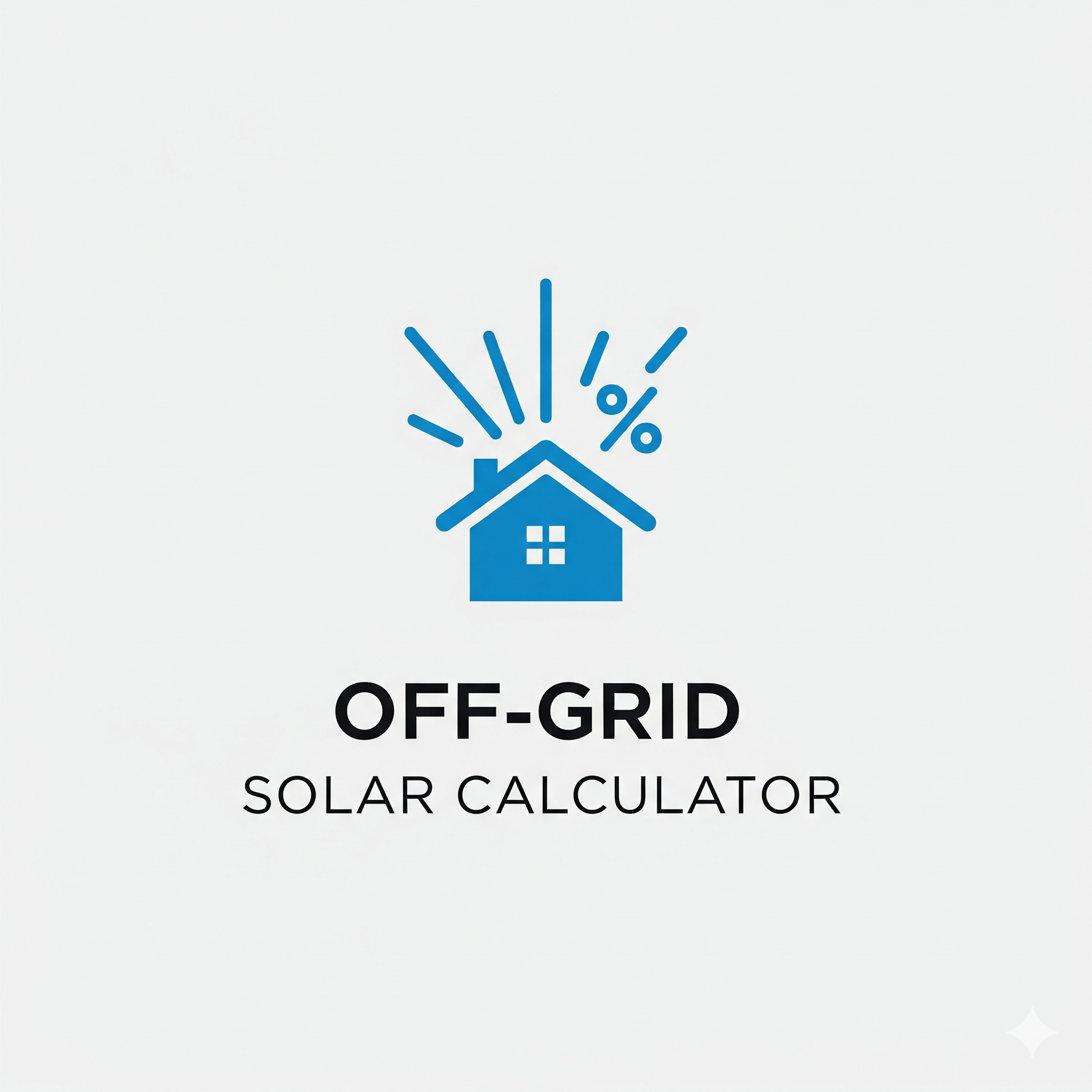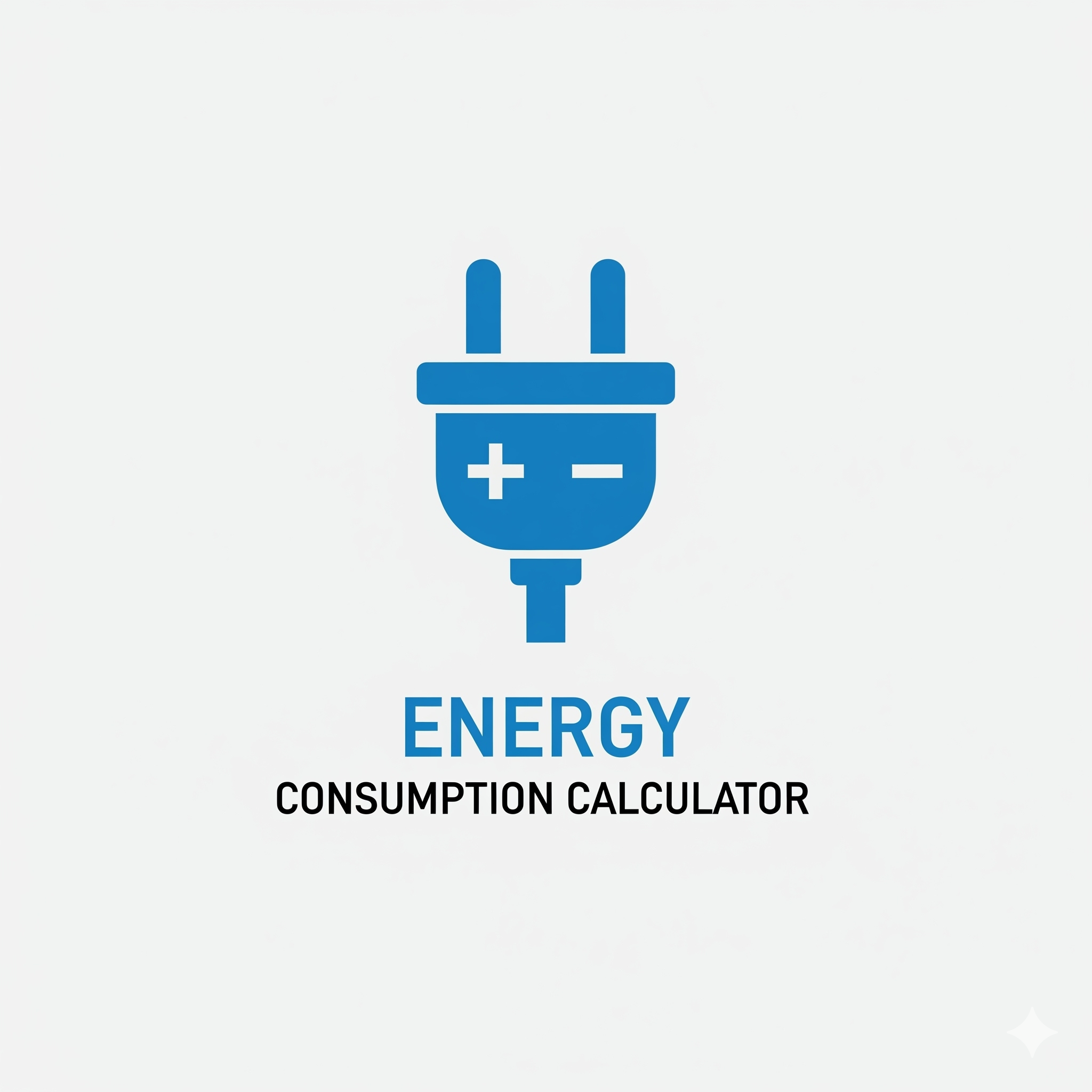Thinset & Grout Calculator for Tile Projects
Our free Thinset and Grout Calculator estimates how much mortar and grout you need for your backsplash, floor, or wall tile project. Avoid waste and buy the right amount.
Thinset & Grout Calculator
Get an accurate estimate for your tile project materials. Enter your area and tile dimensions to find out how much thinset and grout you need to buy.
1. Project Area
2. Tile Dimensions
Your Material Estimates
Your results will appear here.
How to use this tool: Enter the total square footage of the area you’re tiling. Then, input the dimensions of a single tile and your desired grout line width. The calculator will provide an estimate for how much thinset mortar (adhesive) and grout you’ll need to complete your project.
The Thinset & Grout Calculator: Your Key to a Flawless Tile Project
Tiling a kitchen backsplash or a bathroom floor is one of the most impactful DIY upgrades you can make. It adds durability, value, and a huge splash of style. As a tiny home builder at Neat Tiny Home, I love using tile to create a high-end feel in a small space. But I also know the unique stress that comes with a tiling project: the ticking clock. Once you mix your mortar or grout, you have a limited time to use it before it hardens. Running out of material halfway through is a nightmare. This is why a **Thinset & Grout Calculator** is an absolutely essential first step. It’s designed to be your project foreman, giving you an accurate material estimate so you can buy with confidence and work without interruption. This tool takes the biggest point of uncertainty out of the process, allowing you to focus on the satisfying work of creating a beautiful, lasting tile installation.
This calculator is more than just a convenience; it’s a critical planning tool that helps you avoid waste and stress. Buying too much material, especially multiple large bags of mortar, is a waste of money and creates clutter. Buying too little is even worse—it can force you to stop mid-project, potentially creating a “cold joint” where the new batch of mortar or grout doesn’t bond properly to the old, hardened batch. Our **Thinset & Grout Calculator** helps you hit that perfect middle ground, ensuring a smooth, continuous workflow from the first tile to the final wipe-down.
Thinset vs. Grout: Understanding Your Materials
For a beginner, the bags and boxes in the tile aisle can be confusing. It’s crucial to understand the role of your two primary materials:
- Thinset Mortar (or Tile Adhesive): This is the “glue.” It’s a cement-based powder that you mix with water to create a strong, permanent adhesive. You spread this on the wall or floor with a notched trowel, and it’s what physically bonds your tiles to the surface. Its coverage is primarily determined by the square footage of your project and the size of your trowel notches.
- Grout: This is the “filler.” After your tiles have been set in the mortar and have had time to cure (usually 24 hours), you use grout to fill in the gaps (grout lines) between the tiles. It locks everything together, prevents water from getting behind the tiles, and provides the finished, aesthetic look. The amount you need is determined by the tile size, grout line width, and total area.
The Tools That Make a Difference
While our calculator helps you buy the right amount of materials, using the right tools is what ensures a professional result. For a tiling project, a few specialized tools are non-negotiable.
| Tool | Its Purpose |
|---|---|
| Notched Trowel | Used to spread thinset mortar. The notches create uniform ridges, ensuring an even bed of adhesive for the tile. The size of the notch depends on the size of your tile. |
| Tile Saw or Cutter | For cutting tiles to fit around edges, outlets, and corners. For straight cuts on ceramic tile, a simple snap cutter works. For more complex cuts or harder materials like porcelain, renting a wet saw is best. |
| Grout Float | A rubber-padded float used to press grout into the joints at a 45-degree angle. It’s the only tool that can do this job effectively without damaging the tiles. |
| Grout Sponge | A large, dense sponge with rounded corners used for wiping the excess grout off the tile faces. Using a standard household sponge will pull too much grout out of the joints. |
Pro Tips for a Perfect Finish
Getting the quantities right is step one. Here are a few more tips to ensure your project is a success:
- Mix Small Batches: Especially for grout, only mix as much as you can comfortably use within about 20-30 minutes. It starts to harden quickly, and you can’t “re-wet” it.
- Consistency is Key: When mixing, aim for the consistency of peanut butter for thinset and toothpaste for grout. A mixture that is too wet will be weak, while one that is too dry will be impossible to work with.
- Use Tile Spacers: Don’t just eyeball your grout lines. Use plastic tile spacers to ensure your gaps are perfectly uniform. This is the secret to a professional, grid-like appearance.
- Don’t Forget to Seal: For cement-based grout used in wet areas like a kitchen backsplash or shower, applying a grout sealer after it has fully cured is a crucial final step. It prevents stains and moisture from penetrating the grout, keeping it looking clean for years. For more in-depth tutorials, the resources at home improvement sites like The Spruce are invaluable for beginners.
A tile project is a fantastic way to add immense value and custom style to your home. It’s a project that looks intimidating but is entirely achievable with careful planning. Let our **Thinset & Grout Calculator** be the start of that plan, giving you the confidence to tackle the job and create something beautiful and lasting.
What tile project is on your DIY wish list? A classic subway tile backsplash, a bold patterned floor? Share your dream project in the comments!
Frequently Asked Questions (FAQ)
- Does the calculator account for the waste factor when cutting tiles?
This calculator focuses on the setting materials (mortar and grout). For the tiles themselves, you should always buy at least 10% more square footage than your measured area. This 10% waste factor accounts for cuts, breakage, and any mistakes you might make. - What’s the difference between sanded and unsanded grout?
The rule is simple: for grout lines 1/8 inch or wider, use sanded grout. The sand provides extra strength and prevents cracking. For grout lines narrower than 1/8 inch, use unsanded grout, as the sand particles can be too large to pack into the joint properly. - Can I use pre-mixed products instead of powders?
Yes, you can buy pre-mixed thinset and grout. They are much more convenient for very small projects (like repairing a few tiles) as they require no mixing. However, for any project over a few square feet, they are significantly more expensive than their powdered counterparts. - How long do I have to wait between setting the tiles and grouting?
You must wait for the thinset mortar to fully cure. In most conditions, this is at least 24 hours. Grouting too soon can trap moisture and compromise the bond. Always read and follow the specific instructions on your thinset mortar bag.




Post Comment